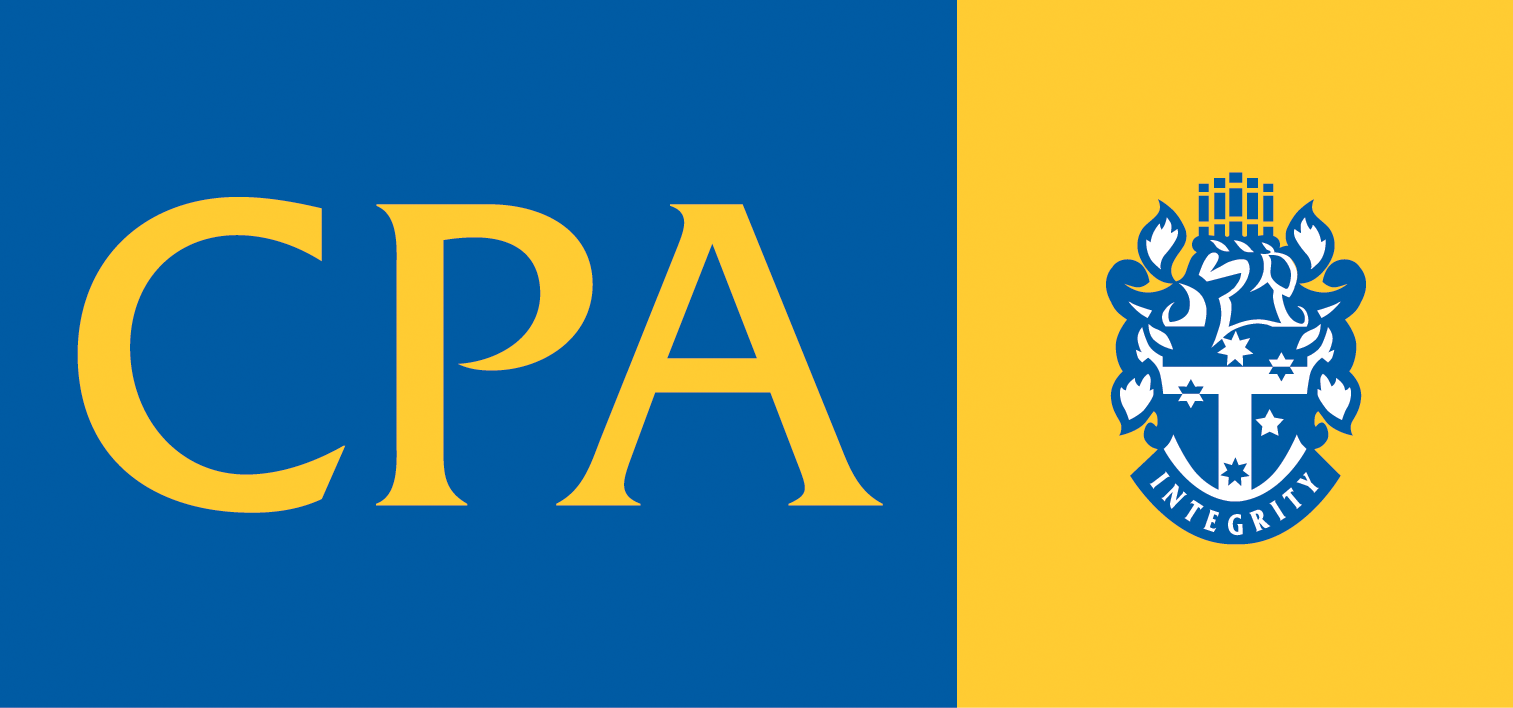There aren’t many people or businesses that would relish the chance to be audited by the ATO. It’s a painful, and at times, costly process. Thankfully, the ATO has shared details of the behaviours, transactions and taxes they pay attention to when determining Audit prospects.
The following behaviours and characteristics may attract attention:
- tax or economic performance not comparable to similar businesses
- low transparency of your tax affairs
- large, one-off or unusual transactions, including the transfer or shifting of wealth
- aggressive tax planning
- tax outcomes inconsistent with the intent of the tax law
- choosing not to comply, or regularly taking controversial interpretations of the law, without engaging with us
- lifestyle not supported by after-tax income
- accessing business assets for tax-free private use
- poor governance and risk-management systems.
What transactions and taxes they are watching?
Bad debts
Deductions claimed for bad debts, as well as the correct application of the deduction rules
Capital gains tax
Capital gains tax (CGT) issues that attract their attention include:
- Capital losses
- Capital gains tax – disposal
- Small business CGT concessions
Commercial debt forgiveness
Situations that attract the ATO’s attention include entities that have:
- had a debt forgiven (whether formally or informally)
- a commercial debt forgiven, but the gain it represents for the debtor has not been recorded correctly in the tax return
- had a deemed forgiveness that takes place when a debt is assigned to a party related to the debtor
- entered into a debt for equity swap and failed to adjust their loss claims.
Deductions
Situations that attract the ATO’s attention include:
- incorrectly claiming deductions that decrease taxable income including from
- failing to add back non-deductible expenses in the reconciliation statement
- inappropriately valuing closing stock at below cost or replacement value
· undefined expenses
- using the trading stock election rules to lower the valuation of closing stock.
Excise and excise equivalent goods
They have an ongoing focus on the risks associated with:
- licence and permission obligations
- record keeping
- releasing goods without the proper authority to deal
Franking credits
In particular:
- entities incorrectly claiming franking credits or not applying appropriate governance to their franking credit balance
- a substantial increase in, or refund of, franking credits
- arrangements to access franking credits through an entity with a concessional tax rate, such as a superannuation fund.
Fringe benefits tax
Some fringe benefits tax issues the ATO look out for are:
- Motor vehicles
- Employee contributions
- Entertainment
- Car parking valuation
Private assets or private pursuits in business
If an asset purchased by a business is used for a mix of business and private purposes, you can only claim a deduction for the portion of the expenses related to your business.
The ATO review arrangements where individuals may be using business assets for personal purposes without appropriately accounting for that use.
They also look at the use of assets or private pursuits that are not appropriately accounted for under the law, including Division 7A or fringe benefits tax.
Private company benefits
We focus on arrangements that enable the extraction of wealth from private companies while avoiding the appropriate amount of tax. These may include:
- excessive or non-arm's length payments
- potential application of anti-avoidance rules.
Revenue losses
Some revenue loss issues to pay attention to are:
Taxation of financial arrangements
The taxation of financial arrangements (TOFA) rules in Division 230 of the ITAA 1936 are often complex and errors can arise.
TOFA issues that attract the ATO’s attention include:
- exceeding a TOFA threshold, but not applying the TOFA rules
- not reporting TOFA gains and losses correctly on the tax return, which may lead to an incorrect PAYG instalment rate being issued
- failing to bring to account accrued but unrealised gains on debt-like securities such as discounted bonds – this rule applies to all taxpayers and is not limited to those subject to the TOFA rules
- failing to use market values for transfers of financial arrangements between related parties
- improper characterisation of a financial benefit as sufficiently certain for the purposes of the TOFA accruals methods.
Remember, this is not an exhaustive list, we know that as data matching becomes more sophisticated so to do the ATO’s ability to spot discrepancies. We always advise keeping good records. If in doubt contact your Aspen Corporate Advisor for assistance. You may also want to consider taking up Audit Insurance to help cover the fees associated with an ATO Audit.








